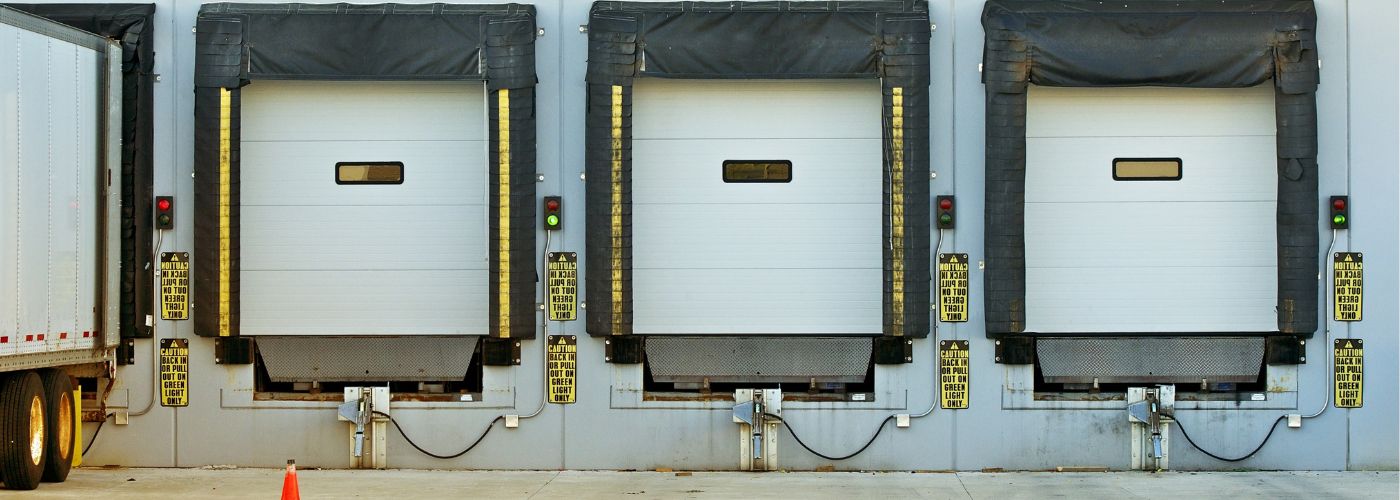Dock lifts are an essential component of any warehouse or distribution center, providing a safe and efficient means of loading and unloading goods. However, like any other piece of equipment, dock lifts can experience wear and tear over time, leading to malfunctions that can adversely affect productivity and worker safety. We’ll explore some common signs that you need dock lift repair.
How Do I Know If My Dock Lift Is Bad?
Is your dock lift not functioning properly? Here are some signs to look out for to determine if it’s time to replace or repair your dock lift:
1. Unusual Noises: If you notice any strange or excessive noises coming from your dock lift, such as grinding, squeaking, or clanging sounds, it could be a sign of mechanical issues. These noises may indicate problems with the lift mechanism, hydraulic system, or other components that need immediate attention.
2. Slow Operation: A dock lift that takes longer than usual to raise or lower can be indicative of underlying problems. Sluggish operation may stem from issues like worn-out hydraulic cylinders, damaged valves, low fluid levels, or leaks in the system. This can lead to decreased productivity and potential safety hazards.
3. Instability: Does your dock lift wobble or shake excessively when in use? This could be a sign of instability and should not be ignored. A dock lift should provide a stable platform for loading and unloading goods, and any excessive movement can pose a safety risk. Instability may be caused by loose or worn-out components, such as bolts or bearings, or it could indicate issues with the structural integrity of the lift itself.
4. Uneven lifting: Does your dock lift raise and lower unevenly? If one side of the platform is higher or lower than the other, it can create an unbalanced load and increase the risk of accidents. This issue could be caused by a malfunctioning hydraulic system or damaged lifting mechanisms. It is important to address this problem promptly to ensure smooth and safe operations.
Do Dock Lifts Need Repair or Replacement?
Over time, dock lifts may experience wear and tear, raising the question of whether they require loading dock repair or replacement. The answer to this question depends on various factors such as the lift’s age, condition, cost of repairs, and overall functionality.
Firstly, the age of the dock lift plays an important factor of whether it needs replacement or repair. If a lift is relatively new and has not reached its expected lifespan, repairing it might be a more viable option.
On the other hand, if the lift is significantly aged and has undergone numerous repairs in the past few years, replacement could be a better long-term solution. Additionally, examining its current condition is vital.
Second, considering the lift’s current condition is crucial as well. If the dock lift has minor issues, such as a malfunctioning switch or a worn-out cable, repairing these specific components might be sufficient to restore its functionality.
However, if the dock lift shows signs of significant wear and tear, such as rusted parts, structural damage, or major mechanical failures that are beyond repair, replacement may be necessary.
What Are Good Dock Lifts?
When it comes to loading and unloading heavy materials at a warehouse or shipping dock, having the right equipment is crucial.
One type of dock lift is the hydraulic dock lift. This type of lift uses hydraulic cylinders to raise and lower the platform, providing smooth and reliable operation.
Hydraulic dock lifts are known for their strength and durability, making them ideal for heavy-duty applications such as loading and unloading large crates or machinery.
Another popular option is the air-powered dock lift, which uses compressed air instead of hydraulics to operate. Air-powered dock lifts are a versatile choice for warehouses that prioritize energy efficiency and cost-effectiveness.
These lifts utilize compressed air to power the lifting mechanism, providing a reliable and consistent performance. Unlike hydraulic dock lifts, air-powered ones do not require hydraulic fluids or pumps, reducing maintenance needs and potential environmental hazards.
The operating principle of an air-powered dock lift involves an air compressor supplying the necessary force to raise and lower the platform.
What Are The Pros & Cons Of Dock Lift Repair?
While there are tons of benefits of having a dock lift, there are some cons associated with having a dock lift in your warehouse.
On one hand, opting for dock lift repair can be a cost-effective solution compared to replacing the entire unit. Repairing specific components or addressing minor issues can restore the functionality of the lift at a fraction of the cost.
Moreover, repairing a dock lift ensures minimal disruption to daily operations as it typically takes less time than installing a new one. Additionally, experienced technicians can identify potential problems during repairs and address them before they escalate into major issues, thus extending the lifespan of the equipment.
However, there are also potential downsides to consider when deciding on dock lift repair. One potential downside of dock lift repair is the possibility of recurring issues. While repairing specific components may restore functionality in the short term, there is a chance that other parts of the lift might start malfunctioning soon after. This can result in frequent breakdowns and subsequent repair costs, which can add up over time.
Another drawback to consider is the availability of replacement parts. Depending on the age and model of your dock lift, finding compatible spare parts for repairs may become increasingly challenging or even impossible.
But with routine maintenance on your dock lift, you’ll be able to maximize the amount of usage from your dock lift without any unexpected issues.


